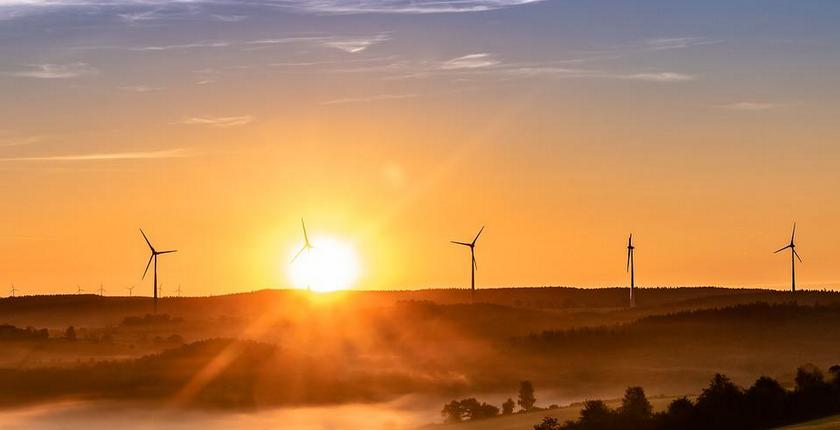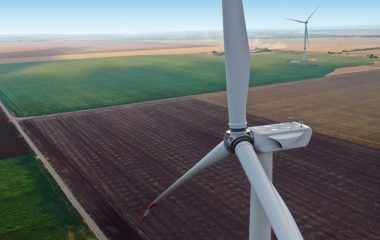
Photo: Myriams-Fotos from Pixabay
The European Union (EU) added a record 36 GW of new renewable power capacity in 2021, exceeding the 2020 additions by 30% and breaking the previous annual record of 35 GW, seen a decade ago. The world as a whole also set a fresh record in new renewables capacity last year, adding almost 295 GW, up 6% against the 2020 growth, according to the latest report by the International Energy Agency (IEA).
The record global growth in new renewable power capacity was despite supply chain challenges, construction delays, and high raw material prices, according to the IEA’s Renewable Energy Market Update.
New renewables capacities planned for 2022 and 2023 could help reduce the EU’s dependence on Russian gas
In the EU, the additional renewables capacities commissioned for 2022 and 2023 have the potential to significantly reduce the bloc’s dependence on Russian gas in the power sector, according to the IEA.
The global renewables capacity is expected to increase further and set another record growth rate in 2022, of over 8%, or 320 GW, the IEA said. So far this year, growth has been faster than initially expected thanks to strong policy support in China, the EU, and Latin America, in what has offset slower-than-anticipated expansion in the United States.
The world is expected to set a fresh record in 2022, but the growth may lose momentum in 2023
However, unless new and even stronger policies are implemented over the next six months, the growth is expected to lose momentum in 2023 as the expansion of solar is offset by declining hydropower expansion and stagnating growth in wind capacity, the IEA warned.
Solar capacity growth is set to break records in both 2022 and 2023, but this will be offset by a decline in hydropower and stagnation in wind additions
Solar power capacity is set to break records in both 2022 and 2023, with the annual market reaching 200 GW in 2023, driven by accelerating growth and strong support for large-scale projects in China and India.
Offshore wind additions are set to plunge 40% in 2022, after jumping in 2021
However, new additions of offshore wind capacity are set to drop 40% globally in 2022 after soaring last year due to a huge jump in China, which is expected to surpass Europe at the end of 2022 to become the market with the largest total offshore wind capacity in the world.
At the same time, onshore wind saw a 32% drop in new capacity additions in 2021, but is expected to recover slightly this year and next, according to the IEA’s report.
Biofuel demand is expected to rise in both this year and next
In the biofuel sector, demand recovered in 2021 from COVID-19 lows, to near 2019 levels, and is expected to rise 5% in 2022 and 3% in 2023. The IEA notes, however, that rising feedstock prices, partly due to Russia’s invasion of Ukraine, led to a 20% downward revision of its previous biofuel demand growth forecast.









Be the first one to comment on this article.